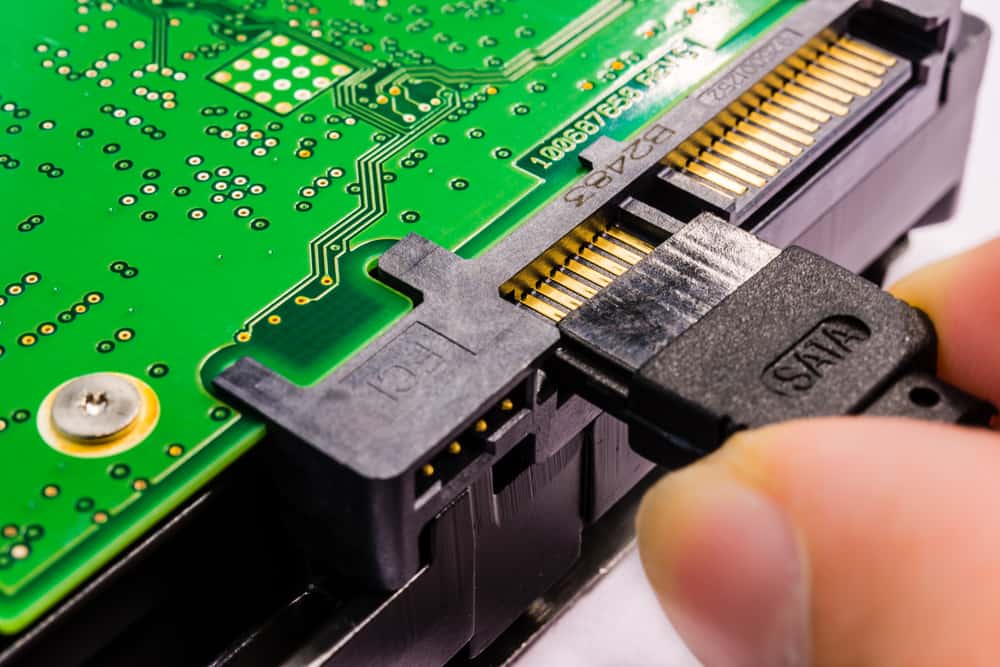SATA Hard Drive: What You Need to Know

When it comes to computer storage, one of the most common types of hard drives is the SATA hard drive. SATA stands for Serial Advanced Technology Attachment and is a type of interface that allows data to be transferred between the hard drive and the computer’s motherboard. In this article, we’ll take a closer look at SATA hard drives and what you need to know about them.
What is a SATA Hard Drive?
A SATA hard drive is a type of hard drive that uses the SATA interface to connect to a computer’s motherboard. This interface allows for faster data transfer rates than older interfaces like IDE (Integrated Drive Electronics). SATA hard drives come in various sizes and capacities, ranging from 250GB to 4TB or more. They are commonly used in desktop computers, laptops, and servers.
Advantages of SATA Hard Drives
One of the main advantages of SATA hard drives is their speed. With transfer rates of up to 6Gbps, they are much faster than older IDE drives. This means that data can be transferred to and from the hard drive much more quickly, resulting in faster boot times and faster access to files. SATA hard drives are also more reliable than IDE drives, as they have fewer moving parts and are less prone to mechanical failure. Another advantage of SATA hard drives is their compatibility with newer motherboards. Most modern motherboards have SATA ports built-in, which means that SATA hard drives can be easily connected without the need for additional hardware. Additionally, SATA hard drives are hot-swappable, which means that they can be removed and replaced while the computer is still running.
Disadvantages of SATA Hard Drives
While there are many advantages to using SATA hard drives, there are also some disadvantages. One of the main disadvantages is their cost. SATA hard drives tend to be more expensive than IDE drives, especially for larger capacities. Additionally, SATA hard drives require more power than IDE drives, which can be a concern for laptops and other portable devices. Another potential disadvantage of SATA hard drives is their compatibility with older hardware. If you have an older computer or motherboard that does not have SATA ports. You may need to purchase additional hardware to use a SATA hard drive. Additionally, some older operating systems may not be compatible with SATA drives. Which can be a concern if you are upgrading an older computer.
Conclusion
Overall, SATA hard drives are a reliable and fast storage option for modern computers. While they may be more expensive than older IDE drives, their speed and reliability make them a worthwhile investment. If you’re in the market for a new hard drive, consider a SATA drive for your next upgrade.






